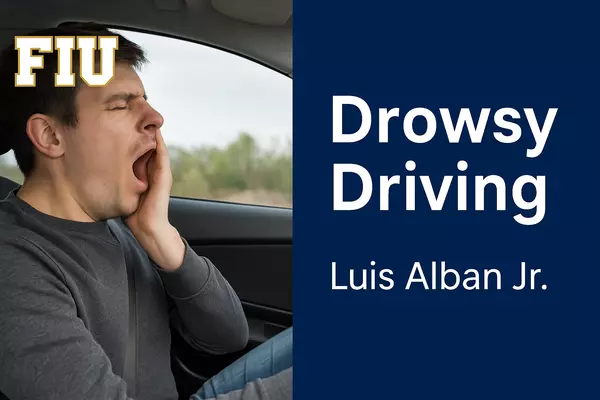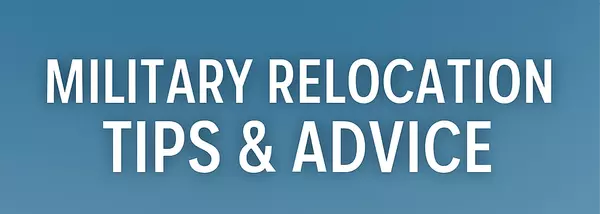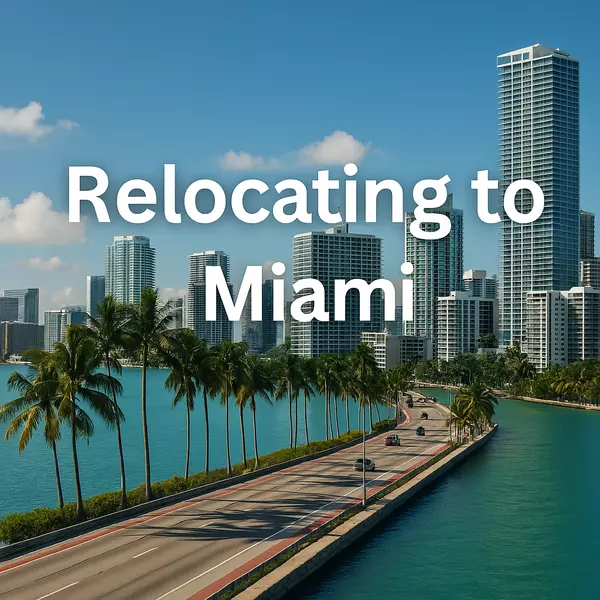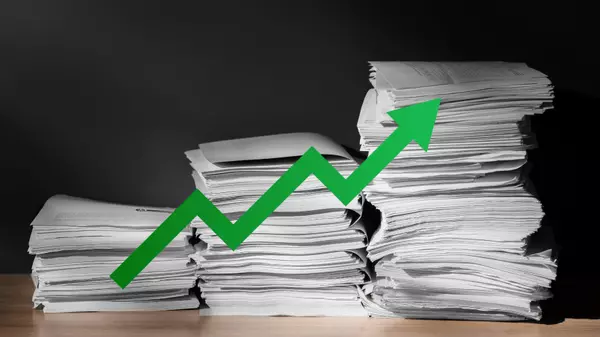Drowsy Driving: The Silent Threat on Our Roads
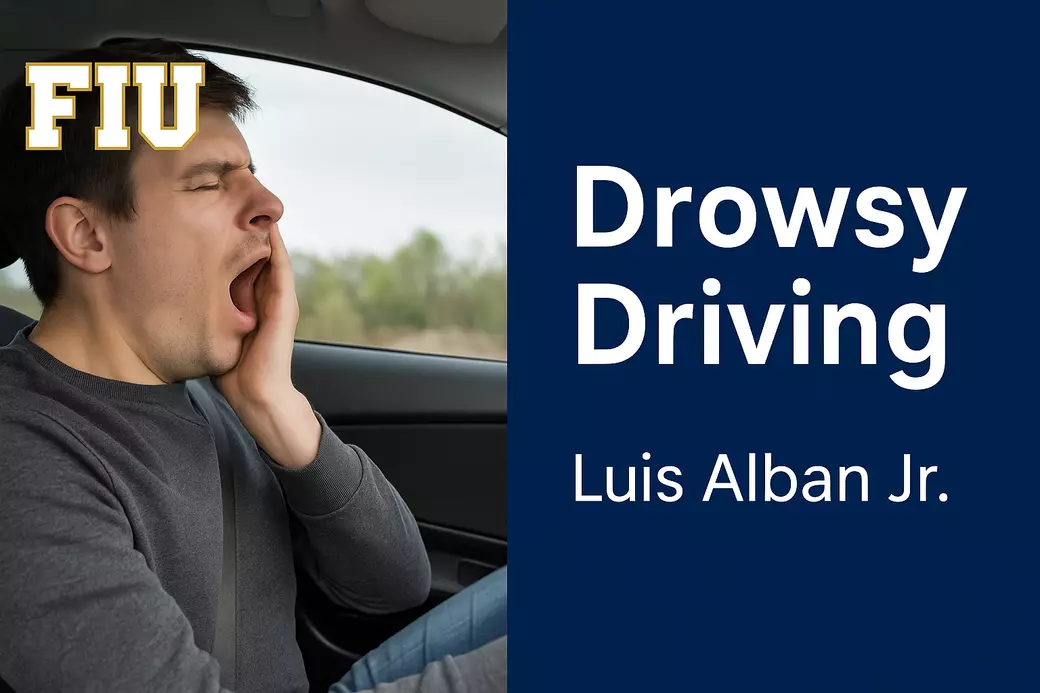
Drowsy Driving: The Silent Threat on Our Roads

Every day, millions of Americans drive while they are dangerously tired. You might think drowsy driving isn’t as risky as texting or drinking, but research shows it is just as deadly. So why aren’t we talking about it? And what can you do to protect yourself and others?
Why Drowsy Driving Matters
According to the National Highway Traffic Safety Administration (NHTSA), drowsy driving caused about 91,000 crashes and 800 deaths in a single recent year. Experts say this is a huge undercount. Most fatigue-related crashes are misreported or go unrecognized, so the real numbers are much higher.
The Centers for Disease Control and Prevention (CDC) points out that being awake for 18 hours can have the same effect on your driving as having a blood alcohol content (BAC) of 0.05%. If you stay awake for 24 hours, that’s like driving drunk at a BAC of 0.10%, over the legal limit in every state.
My Story: It Happened to Me
A few months ago, I was driving home after a long week of late-night work shifts. I thought I was fine. But as I turned into my neighborhood, my eyes closed for just a moment. I drifted into a parked car. The impact wasn’t fast, but the damage was real: my car was totaled, and I had to face my neighbors and explain what happened. One second of lost focus nearly ruined my life and could have taken someone else’s.
This isn’t rare. The AAA Foundation for Traffic Safety says that people who sleep fewer than 5 hours in a 24-hour period are four times more likely to crash than those who get enough rest.
Who Is at Risk?
Anyone who drives while tired is at risk, but the biggest danger is for young adults, night-shift workers, truck drivers, and people with sleep disorders. If you’re a college student or a new parent, you’re probably already running on too little sleep. The CDC reports that young drivers ages 16–25 are at the highest risk for drowsy-driving crashes.
Signs you are too tired to drive:
- You can’t remember the last few miles.
- You miss a traffic sign or exit.
- Your head keeps nodding.
- You drift out of your lane.
Don’t ignore these signs. Drowsiness is a warning your brain can’t keep you safe.
Real People, Real Consequences
An example is Kaitlyn’s story, where a young driver suffered life-changing injuries after a crash caused by fatigue and distraction. Both show that anyone, no matter how “responsible”, can become a victim of drowsy driving.
The Cost of Ignoring Sleep
Drowsy driving isn’t just a personal risk. The Governors Highway Safety Association (GHSA) estimates drowsy driving costs the U.S. over $109 billion each year, including:
- Emergency room visits
- Lost work days
- Property damage
- Increased insurance premiums
- Lives lost and changed forever
The financial cost is huge, but the emotional cost is greater. Families lose loved ones. Survivors face lifelong injuries or guilt.
Why Isn’t This Taken Seriously?
Many people see sleep as optional. We brag about “pushing through” or “getting by” on coffee. But the body doesn’t care about your plans. Fatigue slows reaction time, clouds judgment, and can lead to microsleeps, tiny lapses where your brain just shuts down for a few seconds. According to AAA, missing just 2 hours of sleep nearly doubles your crash risk.
There’s also no easy test for tiredness, unlike breathalyzers for alcohol. That makes enforcement and public awareness more difficult.
What the Research Says
A study in the journal Sleep found that drivers who sleep less than 6 hours per night are 33% more likely to be involved in a crash than those who sleep 7 or 8 hours.
The AAA Foundation’s research confirms that drowsy driving is involved in about 1 in 10 crashes that result in injury or death—much higher than previous estimates.
What Can Be Done?
Education:
States and schools should add drowsy driving to driver’s ed programs. Only a handful of states require this now, but it needs to be standard everywhere.
Technology:
Cars with lane-departure warnings, collision alerts, and even “driver attention” monitors can help prevent crashes. If your car has these features, use them. If you’re buying a car, look for them.
Law:
Some states, like Arkansas, have started passing laws making drivers criminally responsible if they crash after being awake for 24+ hours. More states should follow. Tougher enforcement will help, but awareness is key.
Your Choices:
- Always aim for at least 7 hours of sleep before driving.
- Avoid driving late at night or during your “down” hours.
- Pull over and rest if you feel tired, even if it’s just for a few minutes.
- Switch drivers if possible.
- Don’t let friends or family drive when tired.
You Can Make a Difference
Don’t wait for a tragedy to change your habits. If you’re tired, don’t drive. If your friend is too tired, speak up. Your choices matter, not just for you, but for everyone on the road.
Ask yourself: Is getting home a little faster worth risking your life—or someone else’s?
Next time you get behind the wheel after a long day, remember: One moment of drowsiness can change everything.

- Statistics from NHTSA and AAA
- Quick tips for safe driving habits
Drowsy driving is a hidden danger, but it's not invincible. By staying informed, promoting awareness, and making conscious changes to our habits, we can prevent unnecessary tragedies. Remember, sleep is not a luxury; it's a necessity for safe driving. Let's stop treating it otherwise and empower ourselves to make safe choices on the road.
Sources:
- AAA.
© 2025 | Florida International University
This article was created by Luis Alban Jr. as part of ENC 1102 – Writing & Rhetoric II at FIU. The content reflects academic research and writing completed for Unit 3: Web Article Project.
Categories
Recent Posts
